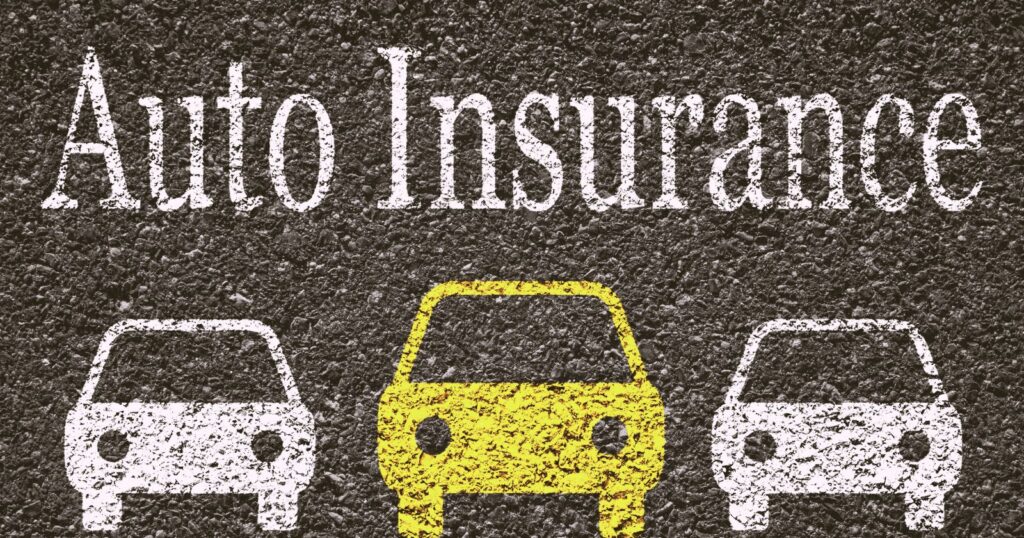How Much Is Average Car Insurance? A Comprehensive Guide
Table of contents

In today’s fast-paced world, car insurance is not just a legal requirement; it’s a vital component of your financial safety net. Understanding how much is average car insurance can help you budget more effectively and ensure you’re not overpaying for your coverage. This guide aims to shed light on the various factors that determine car insurance rates and how you can navigate them to secure the best deal.

Factors Influencing Car Insurance Costs
- Driving Record: Your driving history is a testament to how insurers view you: as a low-risk or high-risk driver. A history speckled with traffic violations or accidents can lead to higher premiums. Conversely, a clean record could qualify you for discounts.
- Age and Gender: These demographics play a significant role in insurance calculations. Younger drivers, especially males under 25, often face steeper rates due to their perceived inexperience and higher risk of accidents.
- Vehicle Type: The make and model of your car significantly impact your insurance costs. High-performance vehicles or cars with expensive parts may incur higher premiums due to the potential cost of repairs or replacements.
- Location: Where you live affects your insurance rates. Urban areas with higher traffic congestion and theft rates may see higher premiums than rural locations.
- Coverage Level: The extent of your coverage, from liability to comprehensive plans, directly influences your insurance cost. More extensive coverage means higher premiums, but with more protection.
Understanding the Average Cost
- National Averages: On average, car insurance in the United States can vary significantly, but a ballpark figure for a full coverage policy hovers around $1,500 annually, though this can fluctuate based on the factors mentioned above.
- By State: Insurance rates can differ dramatically from state to state. For instance, Michigan has traditionally had some of the highest rates, while states like Ohio and Maine feature among the lowest.
- Comparison Over Time: Highlight how average insurance costs have evolved over recent years, noting any significant trends or shifts. For example, has there been a general increase due to rising vehicle repair costs or more frequent natural disasters impacting rates?
- Impact of Vehicle Type: Elaborate on how the type of vehicle affects average costs. More expensive, luxury, or sports cars typically come with higher insurance premiums compared to economical or family vehicles due to repair costs and theft rates.
- Age and Experience: Premiums drop as drivers get older and more experienced. Costs are highest for teens and decrease into the 60s.
- Discounts and Offers: Safe driving and defensive driving courses lower costs. Bundling policies also makes insurance cheaper.
How to Calculate Your Car Insurance

- Personal Factors: Assessing your specific situation, including your age, driving record, and the type of car you drive, is crucial. These elements will largely dictate your insurance costs.
- Vehicle Factors: The safety features of your vehicle, its age, and the likelihood of theft can all influence your premium.
- Coverage Needs: Deciding on the right level of coverage is a balancing act between protecting yourself adequately and managing your monthly expenses.
- Location Considerations: Highlight the impact of your geographical location on insurance costs, including urban vs. rural distinctions, crime rates, and local laws that could affect premiums. For instance, densely populated areas may have higher rates due to a greater likelihood of accidents and theft.
- Credit Score Influence: Discuss how insurers in many states use credit scores as a factor in determining premiums, with higher scores potentially leading to lower rates. Emphasizing the importance of maintaining good credit as a way to manage insurance costs could be valuable for readers.
- Annual Mileage: Mention that the amount you drive can affect your insurance rates. Less driving can lead to lower premiums through low-mileage discounts offered by some insurers.
- Discounts for Safety Features and Programs: Expand on how installing additional safety features in your vehicle or participating in telematics programs, where driving habits are monitored to potentially lower rates, can influence the cost of your insurance.
Tips for Reducing Car Insurance Costs

- Shop Around: Don’t settle for the first quote you receive. Comparing rates from multiple insurers can lead to significant savings.
- Increase Your Deductible: Opting for a higher deductible can lower your premium, but ensure you can afford it if you need to make a claim.
- Maintain a Clean Driving Record: Safe driving over time can qualify you for discounts and lower rates.
- Bundle Policies: Combining your car insurance with home or renter’s insurance can lead to discounts.
Average Car Insurance Rates by State
| State | Average Cost |
|---|---|
| Michigan | $2,500 |
| Ohio | $1,034 |
| Maine | $896 |
| National Average | $1,500 |
Note: These figures are approximate and can vary based on individual circumstances.
Your Path, Your Coverage
Ultimately, how much is average car insurance depends on a myriad of factors, with personal circumstances playing a pivotal role. Armed with the knowledge of what affects your insurance rates, you’re better positioned to make informed decisions that balance coverage and cost. Remember, the cheapest policy isn’t always the best; it’s about finding the right coverage at the right price. As you navigate the complex world of car insurance, keep these insights in mind to ensure you’re adequately protected on the road ahead.







